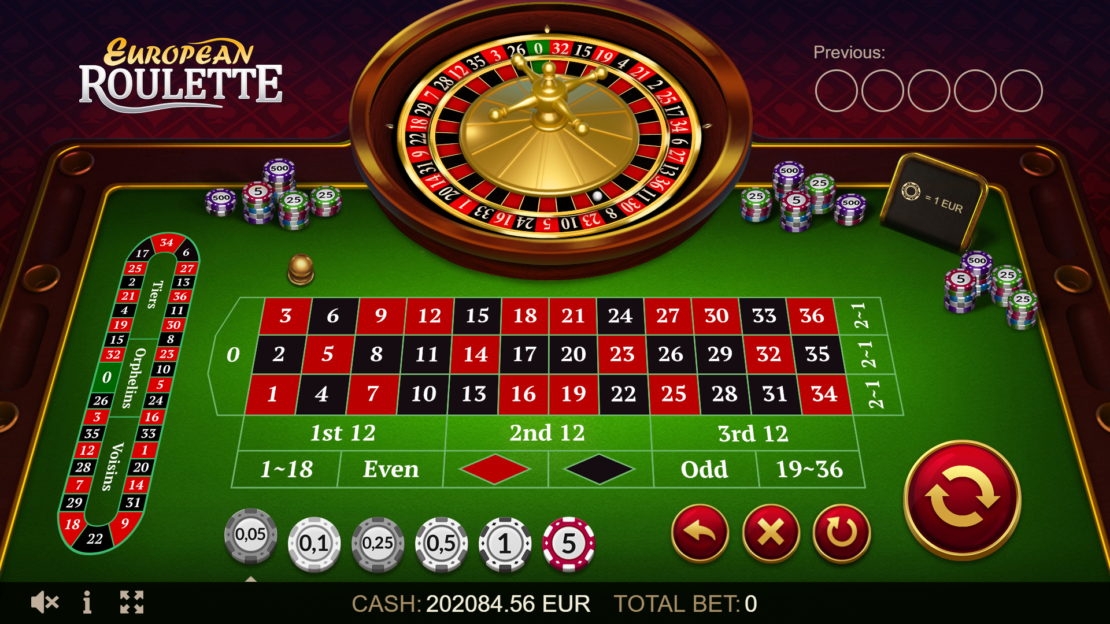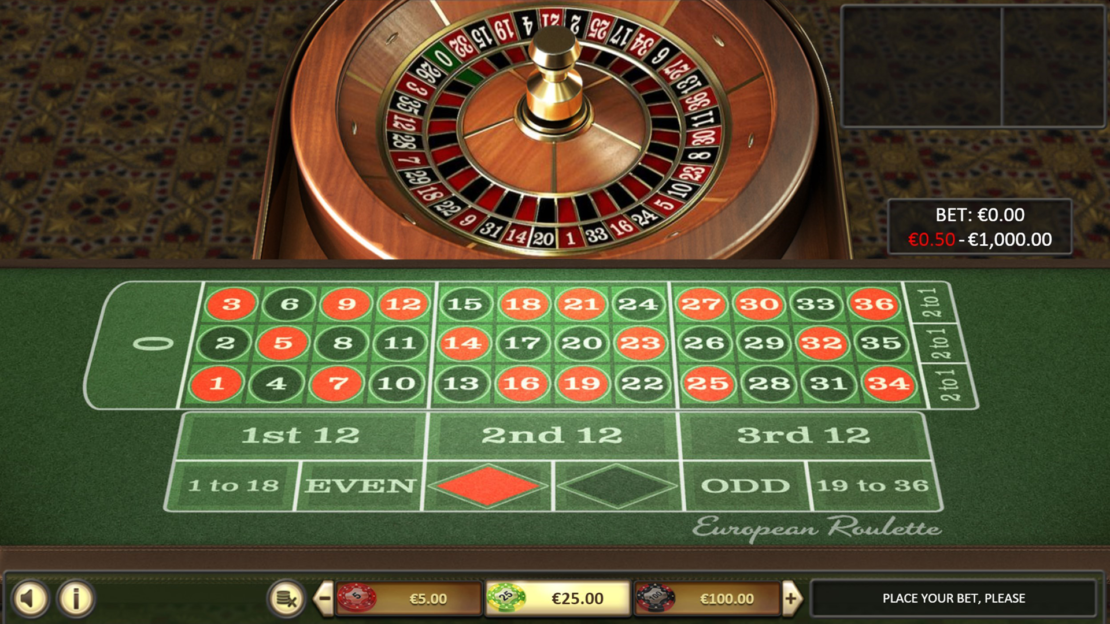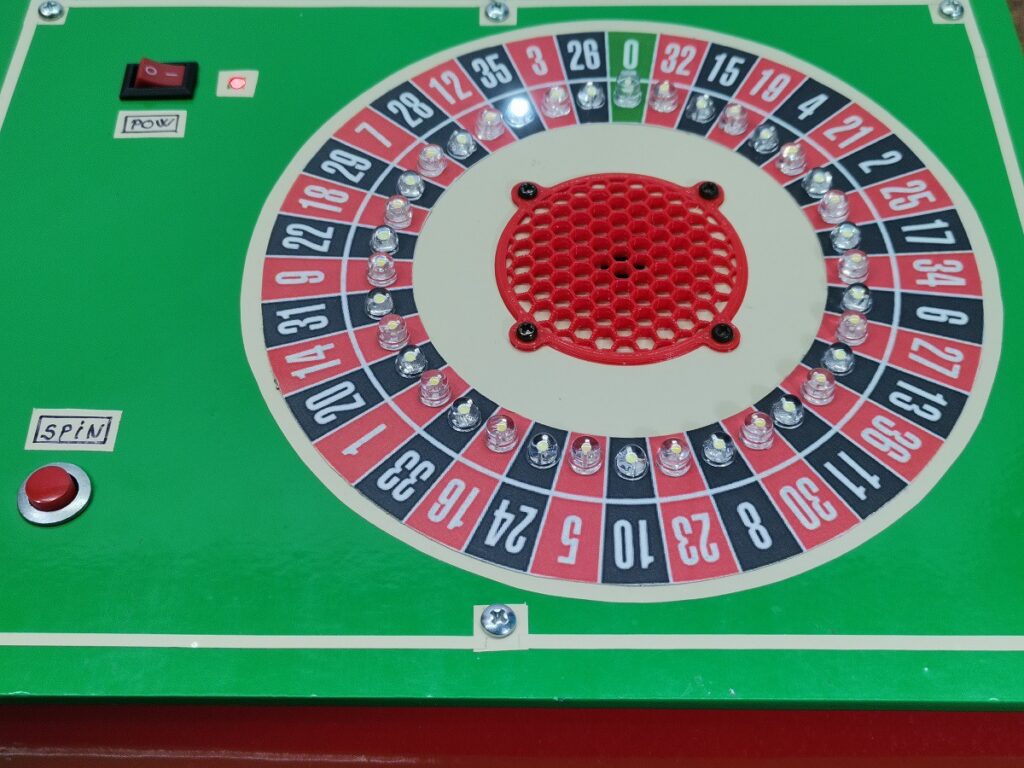European roulette is generally considered the standard version of roulette and the go-to game for any online roulette enthusiasts. It offers a single zero wheel with 37 positions and a 2.7% house edge, coming on par with some slot machines in terms of RTP. Created in the 18th century, it remains one of the classic and even mandatory games for any casino, attracting millions of players every year.
Let’s take a look at the rules of the game and learn about the core strategies one can use to increase their odds of winning.
How European roulette works

European roulette is based on predicting where the ball will land, offering choices such as a single numbered section, several numbers, even/odd numbers, red/black sections, and more. It is a classic game that even inexperienced players quickly grasp, and it is popular enough to be regularly referenced in mass culture, meaning that most people are familiar with the core concepts.
A few key differences in European roulette impact winning probabilities:
- 37 total pockets (1-36, plus a single 0)
- Lower house edge in comparison to other popular variants (2.7% vs 5.26% in American)
- “La Partage” and “En Prison” rules that refund part or all of even money bets when 0 hits
- Higher payouts on winning inside and outside bets
Because the odds are tipped more in the player’s favor compared to other versions of the game, European roulette is generally considered the most popular, and many players choose it.
Inside and outside bets

Understanding inside and outside bets is at the core of strategizing in any roulette game. European roulette is quite flexible and allows players to bet on outcomes across the table in multiple ways:
Inside bets:
- Straight Up – Single number – 35:1 payout
- Split – On line between two adjoining numbers – 17:1 payout
- Street – Row of three numbers – 11:1 payout
- Corner – Square of four numbers – 8:1 payout
- Line – Six numbers comprising two street rows – 5:1 payout
Outside bets:
- Column – 12 numbers in a column – 2:1 payout
- Dozen – 12 numbers (1st/2nd/3rd dozens) – 2:1 payout
- Red/Black – Color outcome – 1:1 payout
- Odd/Even – Odd or even number result – 1:1 payout
- High/Low – High or low set of numbers – 1:1 payout
Probability and house edge by bet

Note that payouts correlate directly with the chance of winning — the riskier the bet is, the more it can potentially earn. Balancing risks and deciding which strategy suits you best is one of the most important parts of gameplay, since it establishes your entire experience with the game.
For example, a Straight Up bet has a high 35:1 payout, but the chance of hitting it is just 2.7%. Compare it to betting on red/black, which offers a 48.6% chance of winning, even if the payout is 1:1. You can note how the existence of a 0 on the wheel ensures that the house always stays on top — you can’t place a bet that gives you a true 50-50 chance.
If you’re looking to have fun and don’t care too much about winnings, you can make risky wagers and hope you get lucky. If you’re looking to win, however, you can try other strategies like the Martingale system, for example — although note that every strategy has its flaws and nothing can guarantee you a win.t that with column and dozens bets that win 32% of the time but have lower 2:1 ratio payouts.
Top 5 tips and strategies to win at European roulette
- Manage your bankroll properly and set loss limits
- Learn about available bonuses and promotions and use them to your advantage
- Take advantage of the favorable “La Partage Rule” on even bets
- Consistently bet smaller amounts rather than sporadically betting big
- Stop playing when ahead to protect winnings from house edge over long run
While roulette will always be a game of chance, these tips might help you in the long run and improve your overall experience.
